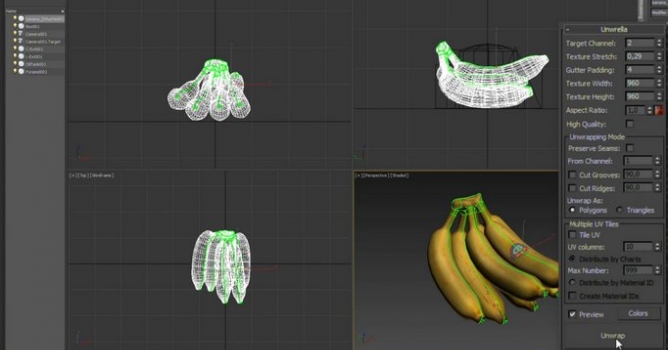
I'm the Detroit bureau chief for Forbes, which means I spend most of my time covering the automotive industry. But I also keep an eye on the rest of America's heartland—where stuff is manufactured and grown. I've been on the auto beat for more than 20 years at Forbes, Business Week and the Detroit Free Press. At the Boston Globe, I rode the tech bubble for a while, but I found there's nothing quite as fun as the auto beat. Whether you drive a car or not, everyone has an opinion about cars or car companies. What's yours?
In Hamburg, Germany, as in a growing number of crowded cities, large trucks are banned from the city center during business hours. The restriction is part of a 20-year plan to transform the city into a greener, healthier, vehicle-free metropolis. For United Parcel Service, the world’s largest package delivery company, that’s a revenue-killing nightmare. But the Atlanta-based shipping giant has a clever answer: it delivers the goods with electric-assist cargo tricycles. Overnight, the company parks a trailer load of packages in the city center, then uses the brown UPS trikes to deliver them the next day. With 77 cubic feet of cargo space (more than most mid-sized sedans), a range of 21 miles and a top speed of 15 miles per hour, UPS’ Cargo Cruisers are an economical and efficient way to get the job done.
Recover my email crack download. Jun 30, 2015 - botstagram cracked free download Back when Lady Gaga was crack pesedit 4.0 at the Grammys for her grinding, synth-soaked anthem “Born. Ultraiso Full 2016 Go SKIPAD TO DOWNLOAD Download LINK: http://zipansion.com/7141960/ultra-iso.
And they’re not just for narrow European streets; UPS customers in Portland, Ore., will soon see drivers pedaling around their neighborhoods in a similar model. UPS CEO David Abney pedaling an electric-assist Cargo Cruiser (Photo Credit: Evan Kafka for Forbes) UPS is testing the e-trikes and thousands of other alternative fuel vehicles in various scenarios around the world as part of a “rolling laboratory” approach to its most vexing business problem: how to keep up with the boom in e-commerce while at the same time reducing its impact on the environment. As a global logistics company with $58 billion in revenue, UPS’ business depends on trucks and airplanes powered by petroleum-based fuels.
Its goal is to reduce its “carbon intensity” – in other words, the amount of pollution it creates per package delivered – 20 percent by the end of 2020 (compared to 2007 levels). It’s inching closer: it was down 14.5 percent as of the end of 2015. But here’s the rub: the explosion of e-commerce is rapidly changing the way UPS operates. Instead of dropping off a stack of boxes at regular business customers each day, UPS drivers today spend more time delivering stuff ordered from Amazon, Nordstrom and Williams-Sonoma to individual homes. That means 2 billion stops a year, and fewer packages per stop, which translates into more miles driven, more fuel consumed and more emissions.

(During the holiday season, UPS deliveries soar to 36 million packages a day – twice the usual rate.) Technology innovations like UPS’ new Orion software have helped. The 1,000-page algorithm, developed over 10 years, crunches real-time data from every package, along with customer information and detailed maps, to sort through 200,000 possible choices and dictate the driver’s optimal route. And it works, shaving 6 to 8 miles off the average driver’s route, according to UPS. “Every one of those miles go to the bottom line,” says Chief Executive David Abney, who predicts Orion will save the company $300 million to $400 million annually after it’s fully implemented by the end of this year. Abney, who began his 42-year UPS career as a part-time package loader during college in Mississippi, likes to say, “The greenest mile is the one we don’t run.” But it’s not enough, which is why UPS’ rolling laboratory is so important.